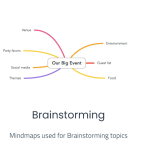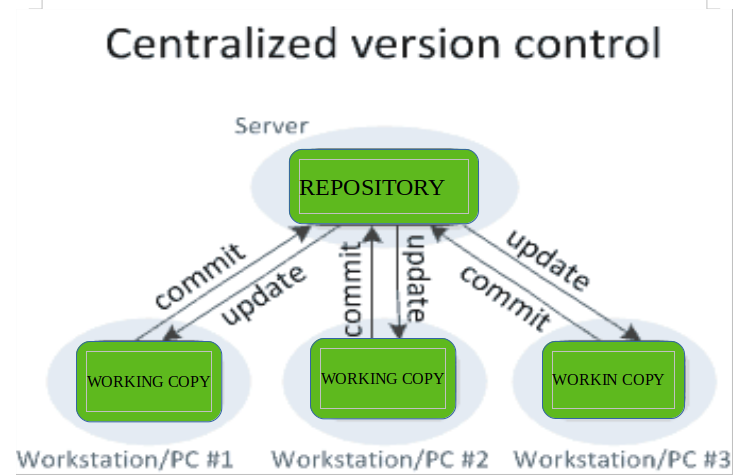Explore, Learn, Achieve: Your Physics Journey Starts Here
In the ever-evolving world of IT, the tools used in classrooms can sometimes feel a tad outdated compared to what professional developers rely on daily. While textbooks and desktop software are fantastic for establishing a foundation, the real world demands a different set of skills and software.
This blog post serves as your one-stop guide to mastering essential software utilized by professional developers, with a twist: we’ll be focusing on how virtual labs can help you conquer these tools. Virtual labs are simulated environments that allow you to experiment with real-world software without jeopardizing your personal computer or requiring expensive hardware installations.
Let’s delve into four crucial software categories that every student IT professional should be familiar with, all accessible through the power of virtual labs:
1. Online Coding Platforms: Forge Your Coding Skills in Virtual Labs
Gone are the days of bulky software installations. Today’s developers utilize online coding platforms like Replit, CodePen, Exercism, and Coderpad. These platforms empower you to write and run code directly in your web browser, making collaboration and project sharing a breeze. Virtual labs offered by these platforms often come pre-configured with popular programming languages and frameworks, eliminating setup time and letting you focus on honing your coding skills.
The beauty of online coding platforms within virtual labs lies in their ability to provide a flexible and accessible environment for practicing and experimenting with code. No more compatibility issues or software installation woes! Additionally, many platforms offer built-in tutorials, challenges, and social features to support your growth as a coder. A brief screenshot of the website is shown below.
2. Version Control Systems: Keep Your Code Organized with Virtual Labs
Imagine working on a project with multiple people, each with their own version of the code. Chaos, right? That’s where version control systems (VCS) like Git, GitHub, Bitbucket, and Mercurial come in. These tools are essential for developers to track changes, collaborate effectively, and revert to previous versions if needed.
Virtual labs specifically designed for VCS can provide a sandboxed environment to experiment with branching, merging, and conflict resolution. Popular VCS platforms like GitHub offer educational plans that include free virtual labs. These labs allow you to:
- Create Git repositories and practice committing and pushing code changes.
- Work on branches, merge them into the main codebase, and resolve conflicts that may arise.
- Explore the collaborative features of Git, such as pull requests and code reviews.
This hands-on experience is invaluable, allowing students to grasp the practical applications of VCS beyond theoretical concepts.
3. Algorithms and Data Structures: Master the Building Blocks with Virtual Labs
The heart of any program lies in its algorithms and data structures. Platforms like Udacity, Codecademy, and Google Cloud offer interactive courses and tutorials to help you understand these fundamental concepts.
But virtual labs can take your learning a step further. Here are some popular platforms that offer virtual labs for algorithms and data structures:
- Udacity: Udacity’s Intro to Algorithms Nanodegree program features virtual labs where you can visualize sorting algorithms, graph traversals, and more.
- Codecademy: Codecademy’s Learn Data Structures & Algorithms course includes interactive visualizations of algorithms in action, allowing you to see how they work step-by-step.
- Google Cloud: Google Cloud’s BigQuery platform offers a Sandbox environment where you can experiment with data structures and algorithms used in large-scale data processing.
Many platforms offer interactive visualizations and simulations of algorithms and data structures in action. This allows you to not only understand the theory but also see how these concepts are applied in real-world scenarios.
4. WYSIWYG Editors: Design with Code in Virtual Labs
While coding might seem technical, creating visually appealing interfaces is crucial for many IT projects. WYSIWYG editors (What You See Is What You Get) like TinyMCE, QuillJS, Froala, and Trix Editor bridge the gap between design and development. These editors enable the creation of rich text content and layouts using code, fostering a deeper understanding of the relationship between design principles and development practices.
Virtual labs for WYSIWYG editors provide students with a safe space to experiment with design elements and layouts. This allows them to solidify their grasp of these crucial IT skills.
So, what kind of careers can you pursue with these skills?
The good news is, the possibilities are endless! With a strong foundation in these software tools, mastered through virtual labs, you can explore various IT fields like:
- Web Development
- Software Development
- Mobile App Development
- Data Science
- User Interface (UI) / User Experience (UX) Design
The Demand is Real!
According to a recent https://www.indeed.com/q-jobs-hiring-l-houston,-tx-jobs.html, the demand for IT professionals with strong software development skills is on the rise. Mastering the tools mentioned above, through virtual labs, will put you ahead of the curve and make you a highly sought-after candidate.
Don’t wait!
These virtual labs are not just for student IT professionals; they’re for anyone who wants to take their IT skills to the next level. So, start exploring, experiment, and get hands-on with these platforms. You’ll be surprised at how much you can learn and achieve.
Bonus Tip: Many virtual labs offer free plans or student discounts, so you can get started without breaking the bank. Click on this link to explore more about these virtual labs









